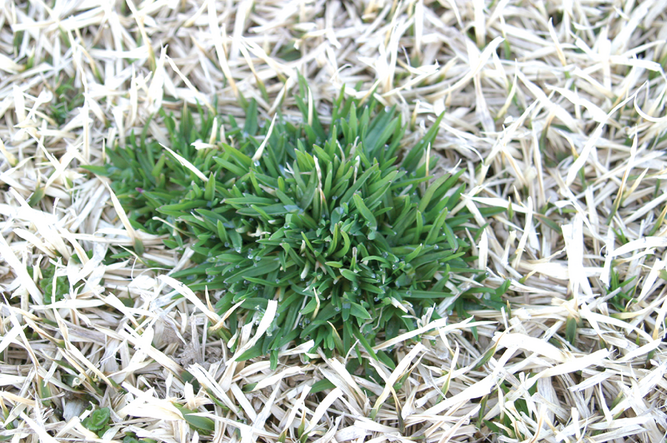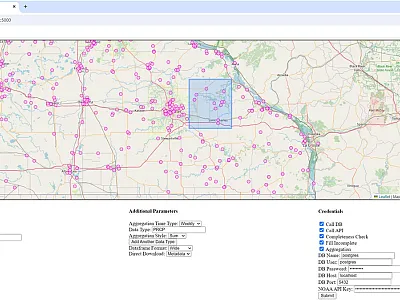Surveying Stakeholders on Annual Bluegrass Management

Controlling annual bluegrass (Poa annua L.) in desirable turfgrass species often relies heavily on herbicide use. As a result, increasing populations of herbicide‐resistant annual bluegrass have become a concern. In 2018, a university research and extension initiative began to address the increasing herbicide‐resistant annual bluegrass epidemic, aiming to evaluate the extent of herbicide resistance, investigate resistance mechanisms, and develop innovative management options. Including all of these components when designing extension materials is a substantial task.
Researchers involved with this initiative presented preliminary findings to golf course employees at the 2022 Golf Course Superintendents Association of America Educational Conference and then administered a survey to attendees to determine what recommendations they were most likely to use. The survey also identified environmental zones where participants originated and what turfgrass species they manage. Stakeholders across environments were interested in controlling annual bluegrass with cultural practices while golf course employees in the warm‐season turfgrass environmental zone were most interested in annual bluegrass emergence patterns for herbicide timing.
These survey findings will assist turfgrass extension specialists and managers interested in designing annual bluegrass management programs that match stakeholders’ needs.
Adapted from
Kowalewski, A. R., Mattox, C. M., Brosnan, J. T., Kaminski, J. E., Patton, A. J., McCurdy, J. D., … & De Castro, E. B. (2023). Using survey results to direct future extension efforts in annual bluegrass management. Natural Sciences Education, 52, e20123. https://doi.org/10.1002/nse2.20123
Text © . The authors. CC BY-NC-ND 4.0. Except where otherwise noted, images are subject to copyright. Any reuse without express permission from the copyright owner is prohibited.







